There was no problem driving to Pskov where we saw the sign to the “Battle of the Ice” monument. It is on top of a hill and is huge. It commemorates the victory of the Russians over the Teutonic Knights in 1242 and ended the Catholic crusade against the Russian Orthodox Church. The film by Eisenstein shows it fought on the ice of the frozen Lake Peipus, and the Russians, lead by Prince Aleksandr Nevskii, won when the ice cracked under the weight of the war horses of the Teutonic Knights. Historians think it was fought on dry land where the monument is now located.
We then went to see the Pskov Kremlin, of which the only sites are the walls, the 11th century corner turrets, the Holy Trinity Cathedral and the Bell Tower. The cathedral was beautiful, inside and out, and a service was in progress with an Archbishop giving a sermon. We waited to see if there would be any beautiful choral singing but there wasn’t so we left.
By a lucky chance, the road I took out of Pskov turned out to be the right one, although there were no signs for Moscow and I started getting seriously worried that we had travelled 180 miles in the wrong direction when Vitebsk started to appear on the road signs. Vitebsk is in Belarus, and it would not be the first time my hopeless sense of direction took us to the wrong country. Then, out of the corner of my eye, I spotted a sign pointing left to Moscow, and we continued at a good speed past Velikiye Luki, to a truck stop where we had a very nice meal and parked for the night at a cost of 200 roubles.
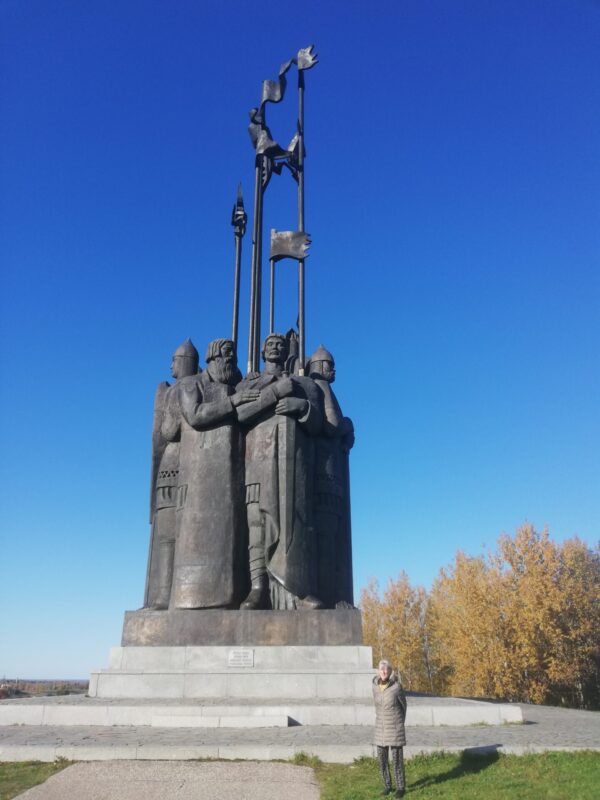
Statue celebrating Aleksandr Nevskii’s victory at the Battle of the Ice
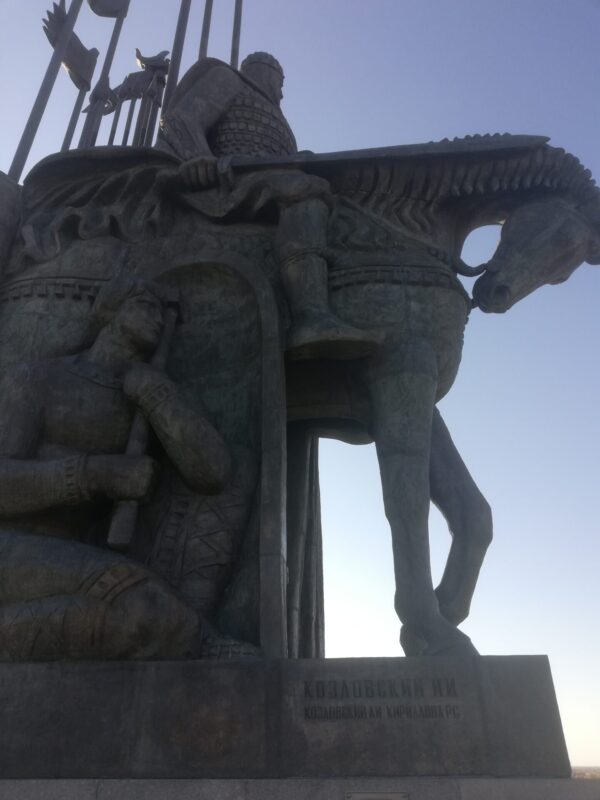
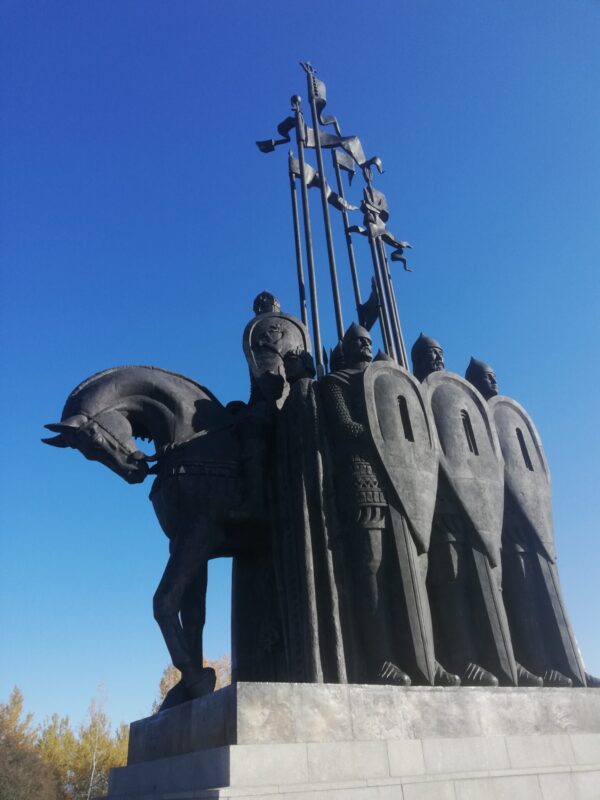
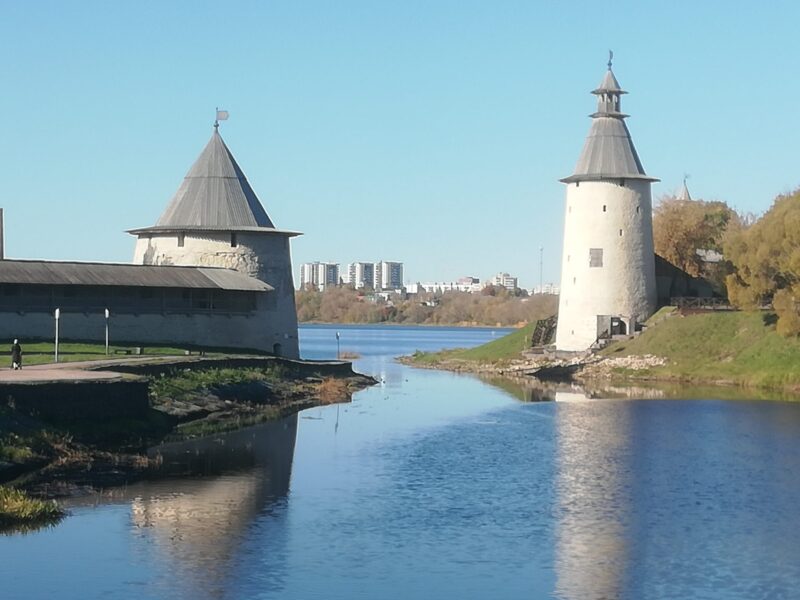
11th century turrets of the Pskov Kremlin
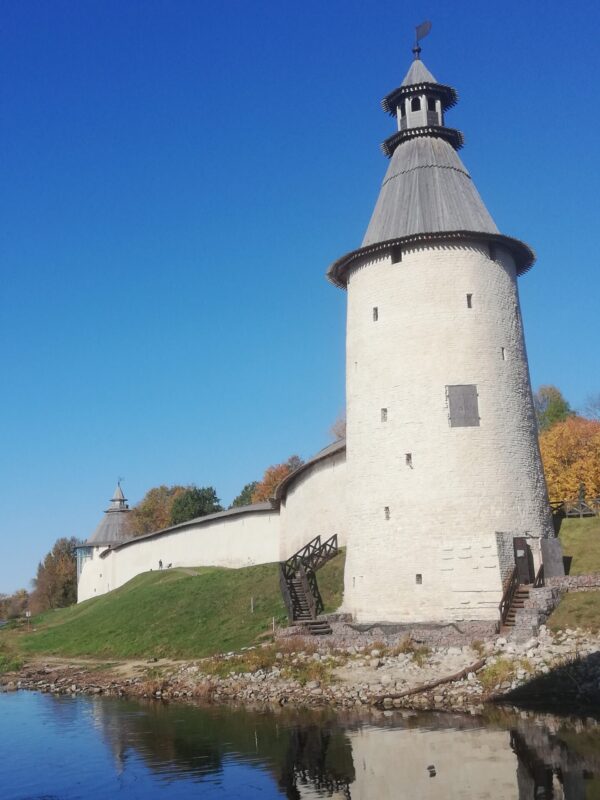

Walls of the Kremlin
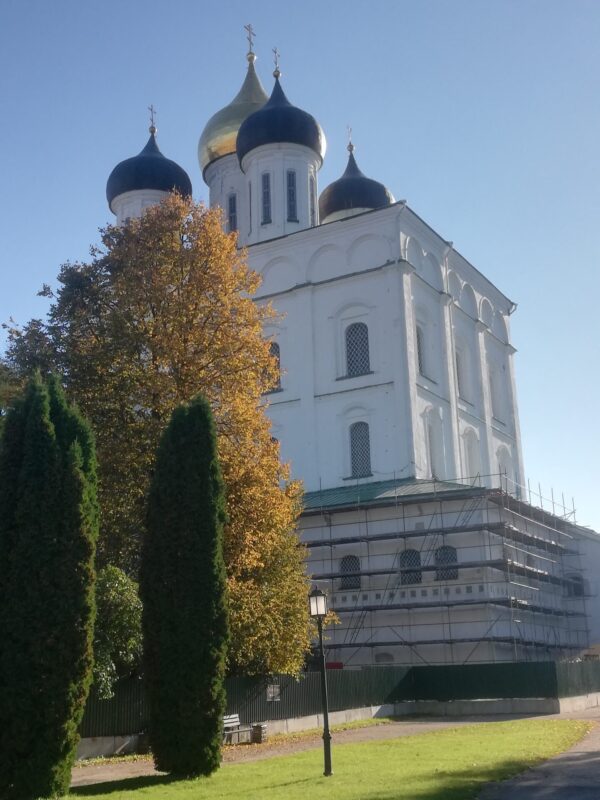
Holy Trinity Church in the Kremlin
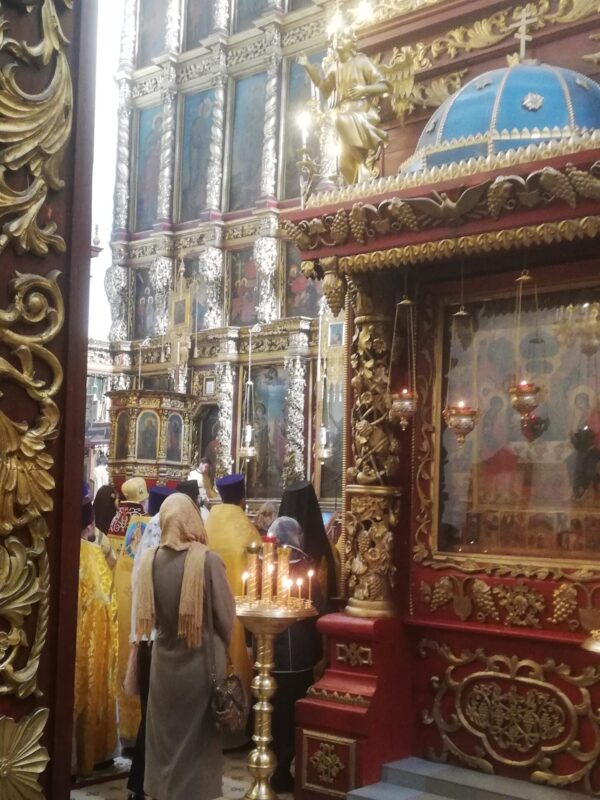
Service in the church
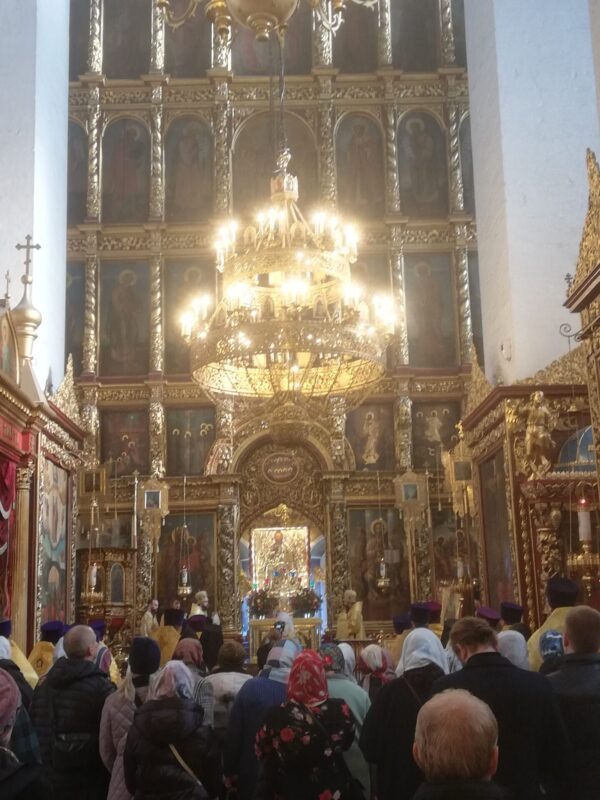
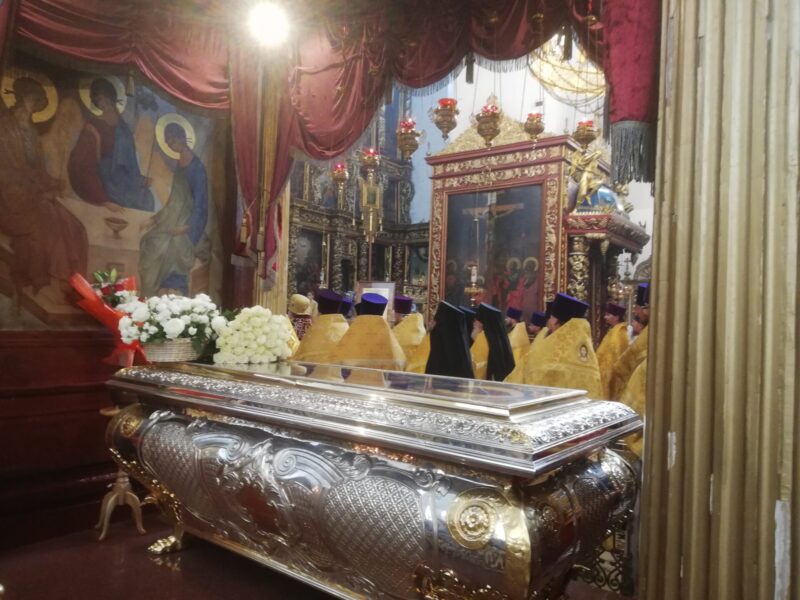
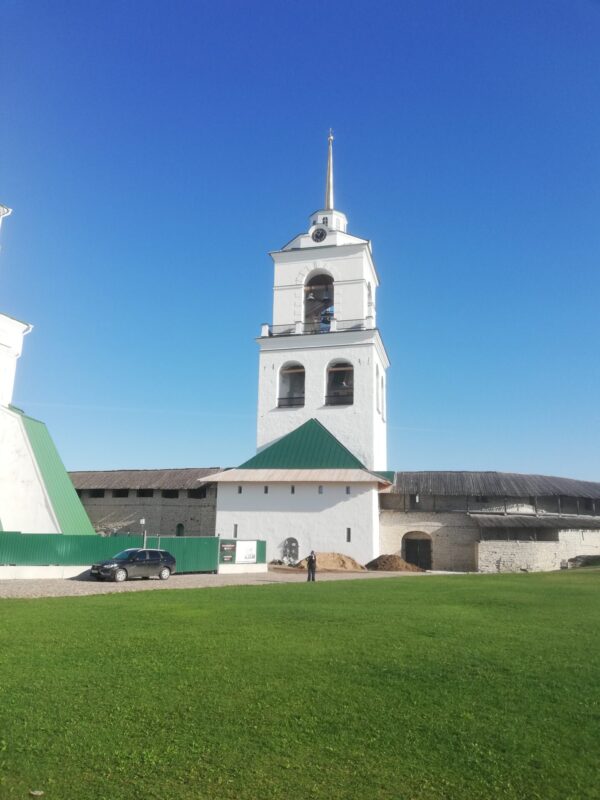
Bell Tower